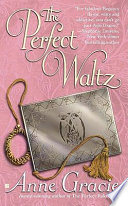Popular pastimes, being a selection of picturesque representations of the customs & amusements of Great Britain, in ancient and modern times (1816).
The practice of mistletoe kisses was not a Regency custom strictly speaking, although it was presented in the collection of customs published in the Regency era along with this delightful contemporary scene of a stolen kiss. I thought readers would appreciate reading about this custom from the perspective of the Regency contemporary.











